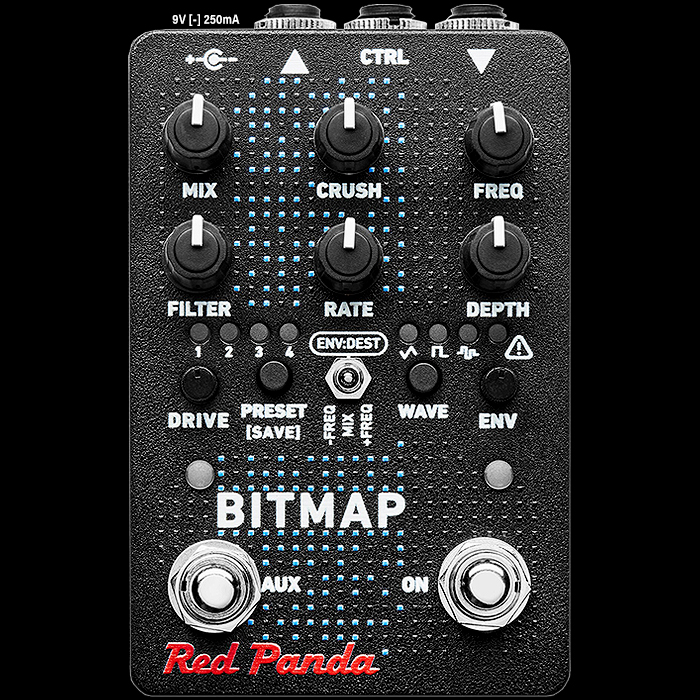
Use it to pour out a cold shot of Texas Blues, add gravity to rhythm chops, or tighten up and push your lead channel into brutal high gain. Staying true to the vintage sound of an Ibanez TS10 Tube Screamer, the Moxie is powered by the classic 4558 chip, enabling it to scream with authentic woody tones. The Fat switch adds an extra dimension of gain with a custom MOSFET clipping stage, reminiscent of a classic high-end boutique amp. The Voice switch adds clarity by changing the entire EQ associated with this design giving it a more transparent yet robust tone. In addition to the standard controls, Brian has added two unique switches. Unlike the original, we've added a toggle switch to shift into modern mode, significantly beefing up the low-end content to suit more contemporary rigs.Ĭapable of anything from light boost to a gritty drive that can send an amplifier into heavily overdriven tones, the Moxie is designed to be an ultra-flexible, wonderfully warm and rich pedal but with an extra bite. Just like the original, the Catalinbread Fuzzrite Germanium includes two NOS PNP germanium semiconductors with a polarity inverter IC so it plays nice with all forms of power. We at Catalinbread happen to have a germanium version at our disposal, and we've used it as a benchmark to create an extremely faithful version with a modern twist. Other purported users of this early Fuzzrite circuit include Ron Asheton of the Stooges, Norman Greenbaum on "Spirit in the Sky", Henry Vestine of Canned Heat, and many others. These two buzzy, sinewy fuzz tones were part of a wave of psychedelic rock gaining traction in the mainstream, and both were recorded prior to the introduction of the silicon Fuzzrite. However, by 1968 the public was hungry for fuzz, having heard it on a handful of recordings, most notably "In-A-Gadda-Da-Vida" by Iron Butterfly and "Incense and Peppermints" by Strawberry Alarm Clock. In that final year of production, Mosrite shifted exclusively to silicon parts, making germanium components a thing of the past. Of the two, the germanium version is by far the most rare, with original designer and Mosrite employee Ed Sanner estimating that around 250 ever made it out the door. At subtle settings, repeats evolve in a way that sounds natural, but different from analog delays.įrom the years of 1966 to 1968, Mosrite produced two distinct fuzz circuits-one outfitted with silicon transistors, the other with germanium parts. The left and right channels can be shifted by the same amount, a ratio, or opposite directions. The frequency shifter creates flanger-like textures and radical dissonant echoes.

The detune setting can dial in micro pitch shifts and chorused repeats. Pitch shifting repeats up or down in semitone steps creates tempo-synced arpeggios and alien organ sounds.

Three pitch and frequency shifting algorithms are integrated into the feedback loop. The two delay channels can be arranged in series, parallel or ping pong. The left and right delay times can be set as a ratio, so a single knob changes both in sync. A tone control sweeps from dark analog-style repeats to digital clarity and emphasizes the attack at higher settings. Knob responses are carefully tuned for exploration of self-oscillation and feedback on the verge of blowing up.

The feedback control has infinite repeats at 3 o'clock and chaotic, textured feedback loops at higher levels. Three delay ranges allow you to precisely dial in resonant feedback and instantly change delay time with rhythmic shifts. Forward or reverse delay can be shifted once or have continuously shifted repeats. The Raster is a 1600 ms digital delay with a pitch and frequency shifter integrated into the feedback path.


 0 kommentar(er)
0 kommentar(er)
